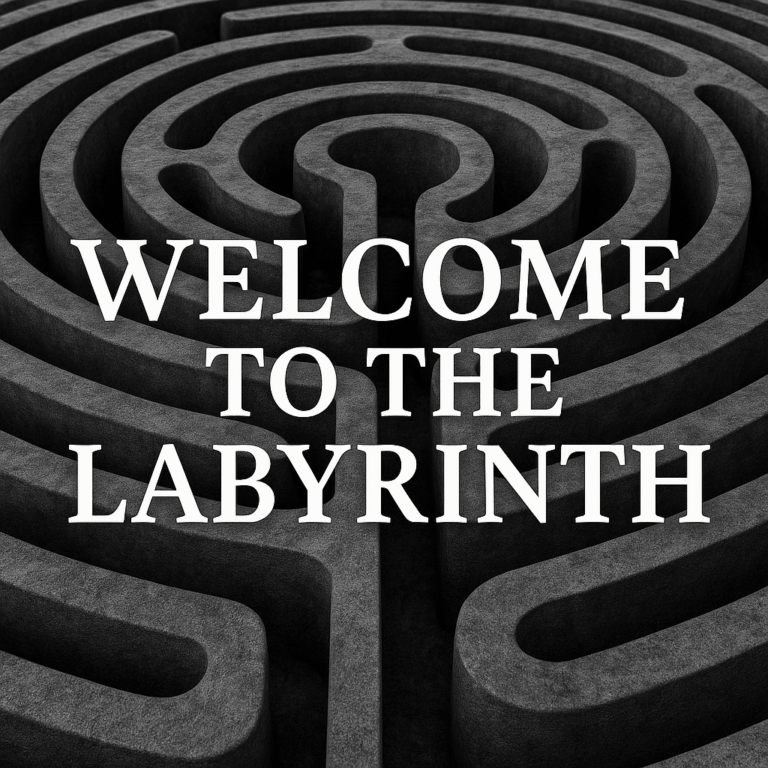
Ever opened a medical bill and felt like you needed a translator, a decoder ring and maybe a therapist? You’re not alone. The confusion isn’t just frustrating—it’s by design, shaped over centuries by well-intentioned systems that grew more complex with every new regulation, innovation and societal shift.
To understand why American medical billing feels like a maze with no exit, we have to trace two pivotal turning points: the move from church-based, charitable care to institutionalized healthcare, and the rise of a modern, regulated system driven by science, specialization and—yes—cost. These two forces collided over time to create the intricate, overwhelming billing structures we face today.
Let’s step into the labyrinth and explore how we got here and what it will take to find our way out. In my new blog series, I’ll explore how medical billing and payments got so complicated and some possible solutions to simplify the process.
Back When Things Were Simple: Understanding the History Behind Medical Billing Complexity
Why are medical bills so expensive and hard to understand today? It’s a question patients, providers and payers all ask. When we compare today’s healthcare costs to the affordability of medical bills in the past, it can seem like we’ve entered a labyrinth of confusion. Were things really simpler—and cheaper—back then?
Healthcare Costs: Then vs. Now
Historically, the answer appears to be yes. In 1958, the average worker had to work around 15 days to cover annual healthcare costs. By 2012, that number had increased to nearly 58 working days. Meanwhile, the time-cost of other goods and services—like household technology—dropped by as much as 86% in the same time period. So, what makes healthcare so different?
One key reason is that the complexity of medical bills has grown alongside rising healthcare costs. In fact, many of the factors that make medical bills so hard to understand—billing codes, insurance negotiations, facility charges—stem from the same shifts that made healthcare more expensive. These topics are central to my upcoming book, Labyrinth: How American Medical Bills Got So Complicated and How They Could Get Better.
A Look Back at the History of Medical Care Payments
To really understand how we got here, we need to go back—way back—to the 13th century. Before the formal medical profession existed, healthcare was largely provided free of charge by monks and clergy. Payment, when it happened, was often based on social class. Those who had means paid; those who didn’t were treated as an act of charity.
How the 20th Century Transformed American Healthcare
Fast forward to the 20th century, and the American healthcare system changed dramatically. The rise of scientific medicine, hospital-based care, and increased regulation created a shift away from charity-based care and toward an industry built on new technologies, standards and billing systems. The establishment of Blue Cross in 1929 helped formalize coverage—but it also marked the beginning of a complex relationship between patients, providers, and payers.
Today, nonprofit hospitals account for billions in tax exemptions but often offer minimal charity care in return. According to KFF, half of all hospitals in 2020 spent less than 1.4% of operating costs on charity care. Meanwhile, many aggressively pursue unpaid bills from low-income patients. This shift reflects how far we’ve moved from the idea of healthcare as a public good.
What Comes Next: Exploring Solutions to Simplify Healthcare Billing
Follow along as we continue navigating the labyrinth of healthcare billing and payments. Every bill tells a story—but few of us understand it. Let’s change that.
What would you like to know? Tell us in the comments!
